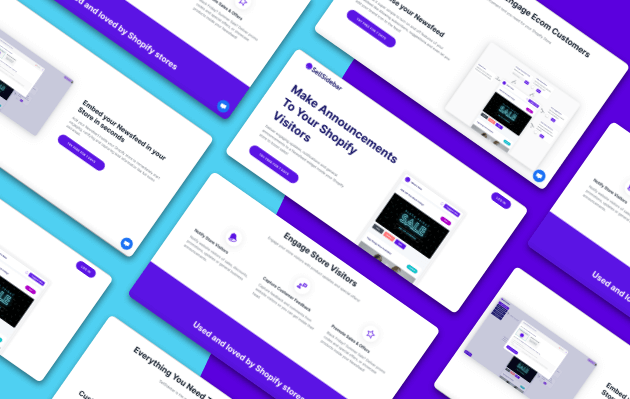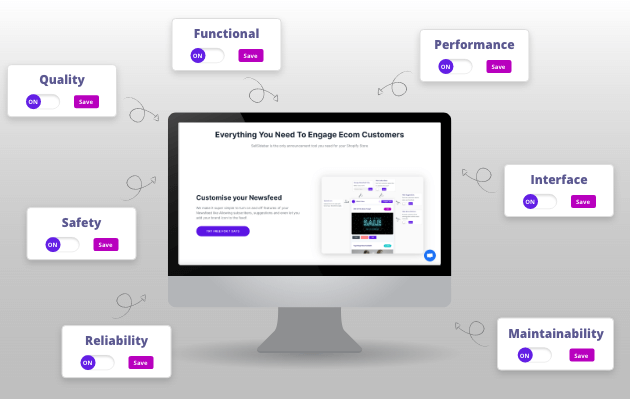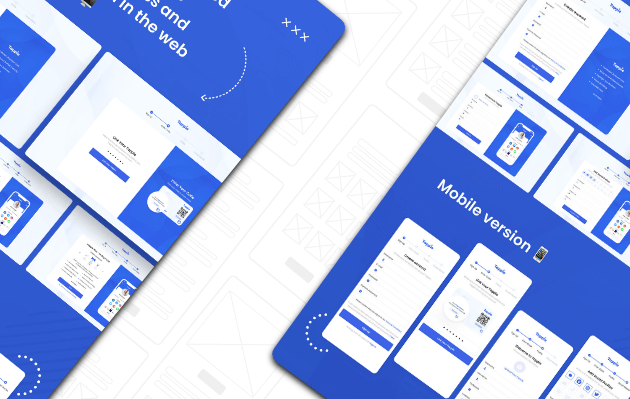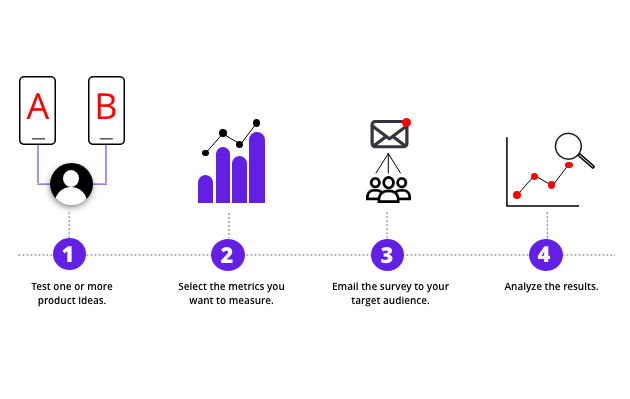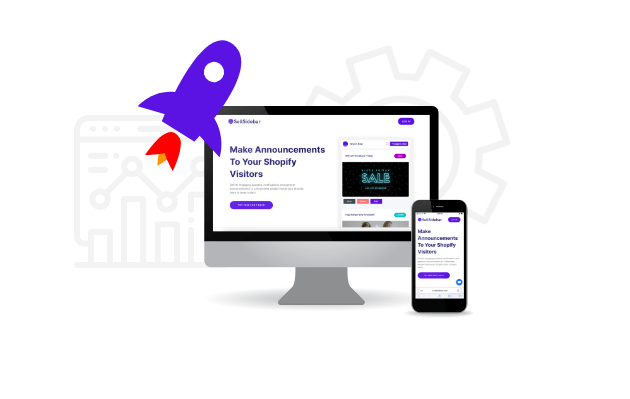- 01
Stage 1:
Planning And Requirement Analysis
This stage is fundamental to the SDLC(Software development lifecycle) and is extremely important. The process includes identifying project-related risks, as well as planning for quality assurance.
